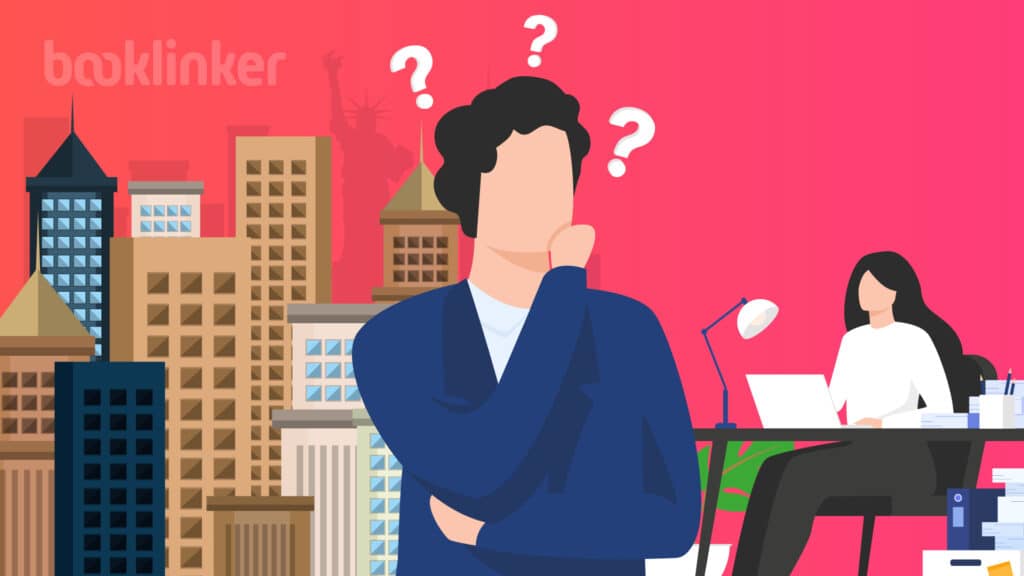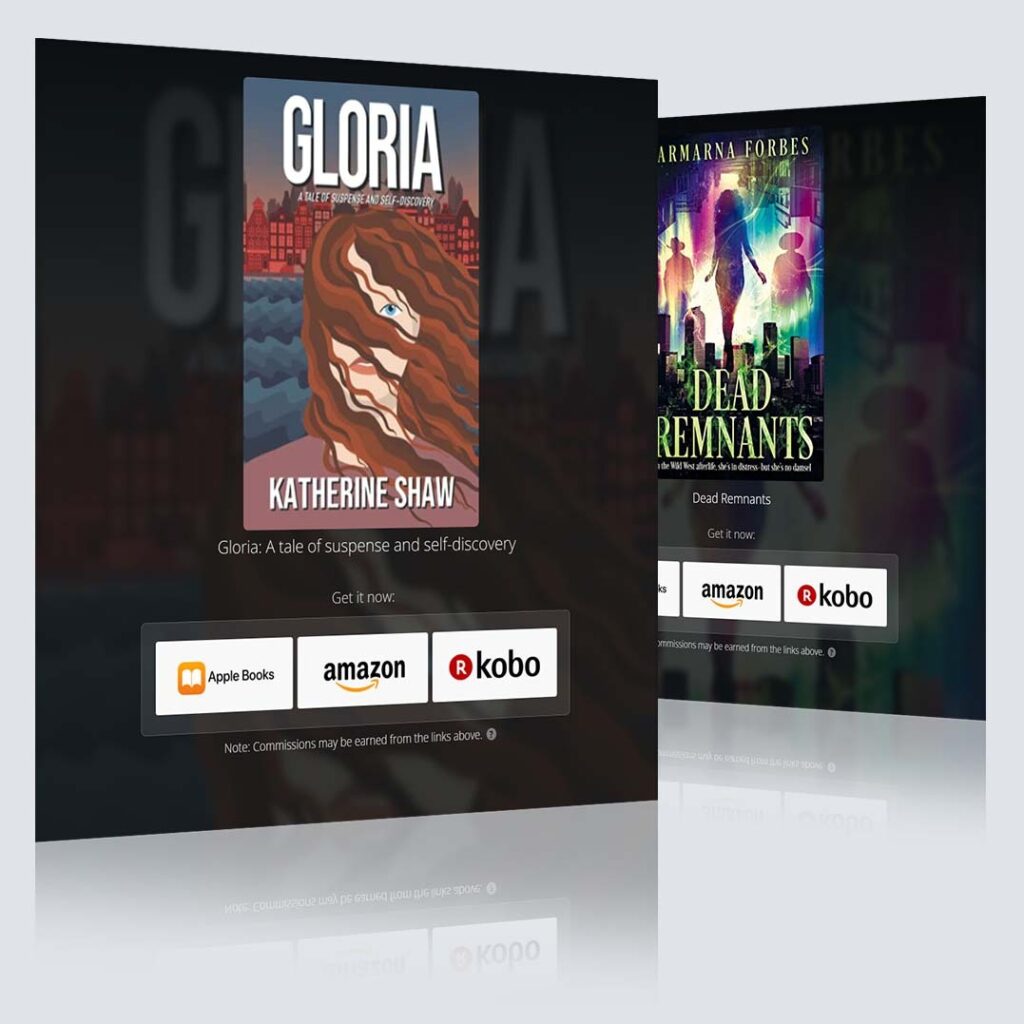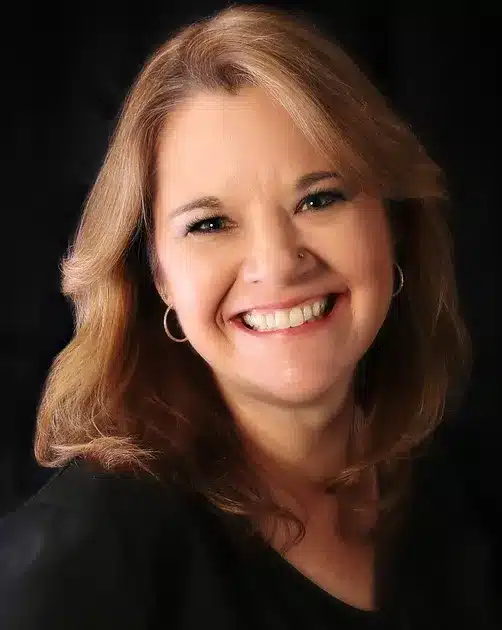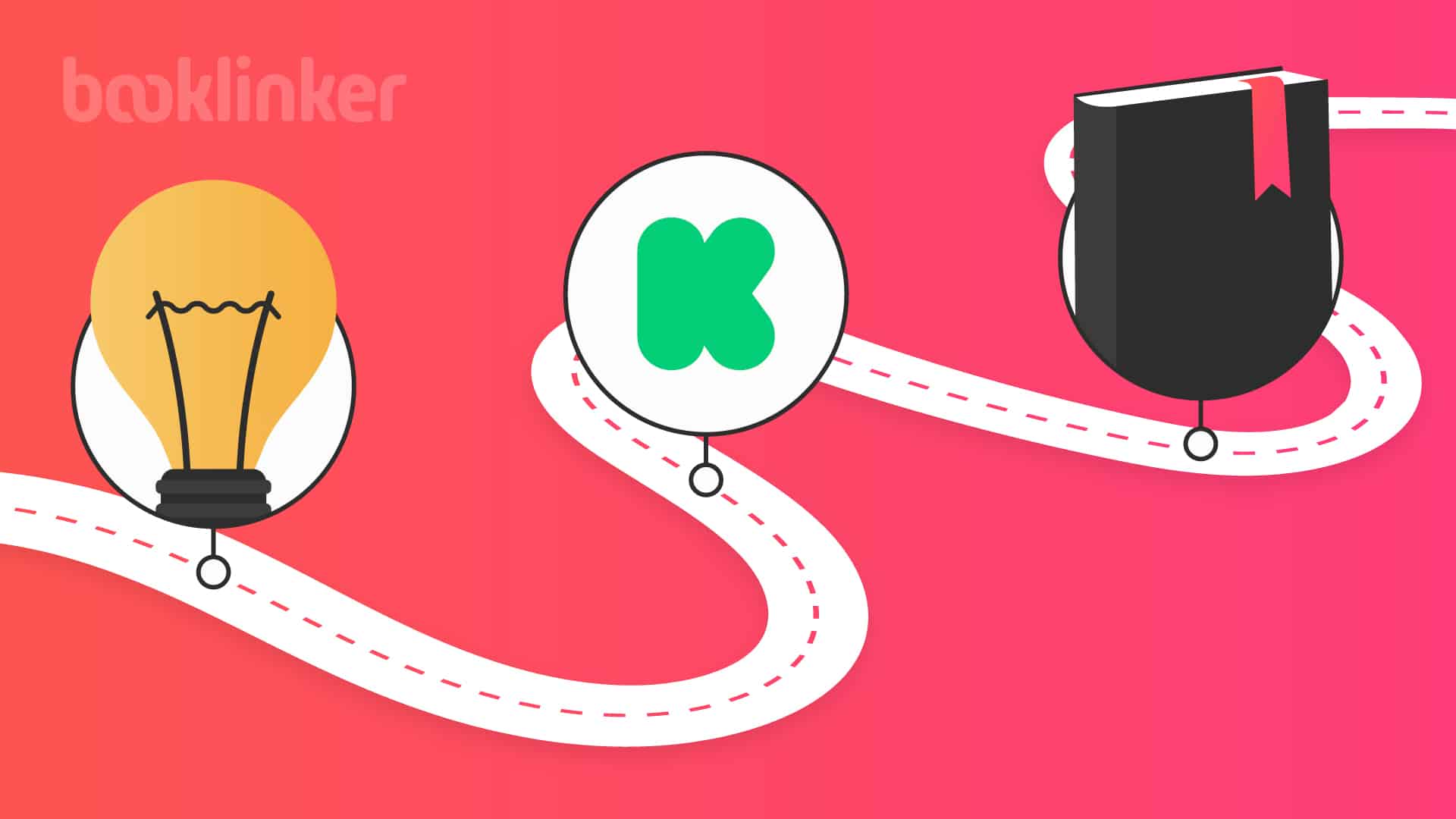
We live in an exciting time in publishing.
Gone are the days when the only feasible way to get your book into the hands of readers was to have it published through a traditional publisher.
Now, with online bookstores, ebooks, and print on demand, authors also have the option to self-publish.
It used to be frowned upon to publish your own book, but not any more. Readers still want great stories and books that have been professionally put together (engaging book cover, edited, formatted correctly), but it doesn’t matter to most whether it was traditionally published or self-published.
This is great news for you as authors, but how do you decide which path is best for you? This article is going to provide you the information you need about self-publishing and traditional publishing so you can make an informed decision about the direction you want to take.
A big shout out to Meghan Stevenson, who provided us with valuable information regarding traditionally publishing nonfiction.
Let’s get started.

Key Takeaways
- Evolution of the Publishing Landscape: The publishing landscape has evolved to empower authors with choices between traditional publishing and self-publishing, each offering distinct paths to get their stories to readers.
- Comparing Traditional and Self-Publishing Paths: Traditional publishing offers wide distribution and professional production at no upfront cost to authors, while self-publishing grants complete creative control and potentially higher royalties, but requires authors to manage or outsource all aspects of the publishing process.
- Viability of Traditional and Self-Publishing:Despite their differences in approach and challenges, both traditional publishing and self-publishing are viable options, depending on an author’s goals, resources, and desire for control over the publishing process.

Free Universal Book Links
- Boost international sales by geotargeting readers
- Book store links update automatically based on availability
- Advanced marketing analytics
- Increase clicks with trusted links
How Does Self-Publishing Work?
Tip!
- With self-publishing, you as the author are responsible for all aspects of the publishing process.
You are the publisher. It doesn’t mean you have to do it all by yourself, but it does mean you are the one to oversee everything, including the editing, formatting, and cover design.
If you want to be taken seriously as an author, you need to hire out for the areas outside your expertise.
Understand eBook and POD platforms

In addition to creating a great product, you are also responsible for distributing your book. The good news is that more options have become available in the past decade for ebook and print distribution.
Print on demand (POD), which includes paperback and hardcover books, changed the self-publishing game entirely because authors no longer need to have an inventory of physical books on hand to take orders from customers.
You upload your files for free to one of the primary platforms used for POD, such as Amazon’s KDP (Kindle Direct Publishing), Draft2Digital (D2D), or IngramSpark.
When someone orders your book, it is printed “on demand” and sent to the customer.
Distribution
There are even more options for eBook distribution. You can set up accounts to sell directly through KDP, IngramSpark, Apple Books, Barnes & Noble, and Kobo, or you can use a one-stop-shop eBook distributor like D2D, where you upload your file at no cost.
It makes the book available on all eBook platforms (including Amazon), plus libraries and other subscription services.
Each distribution platform takes a small percentage from each sale, and the remainder of the royalties go to you.
Author Control
Tip!
- Self-publishing allows you to have control over the content, cover, timeline and the other aspects of the process.
This is a big plus for many authors, especially the timeline piece.
Once your manuscript is finished, the traditional process can take years before a book is published.
With self-publishing, once the manuscript is finished, you need to get it edited, have a cover made and format the book.
After that is complete, it’s up to you as to when the book is released. After uploading it to a distribution site like KDP, all you need to do is click publish and it becomes available to the world.
Decisions about the cover design is another area authors want to maintain control. With self-publishing you do get the final say on the look of your cover.
However, I caution you to hire this out if you are not a professional graphic designer. There are many things to keep in mind when creating a good cover including the current genre cover trends, colors, fonts…
You still get to guide the process and make the final decision, but I recommend working with a professional.

Introducing:
Booklinker Collections
One landing page for all your books. 100% free.
One link for easy sharing of your books across your backmatter, websites, emails, and social media.
How Does Traditional Publishing Work?
Traditional publishing is still a viable option as well. If you want to publish with one of the big five publishing houses, you must acquire a literary agent for representation.
It is the agent’s job to go to bat for the author by approaching publishers and ultimately selling the rights to publish the book. Then the agent negotiates the contract ensuring you get the best deal which includes the foreign rights and your subsidiary rights (film, audio…)
Once a contract is signed, if there was an advance (signing bonus from the publisher), half of that gets distributed at the beginning and the rest when the book is finished. If you have an agent, they get 15% of your advance.
Then when the book is published, you don’t get royalties until that advance has been “earned out” meaning the publisher got back that initial amount they paid you.
Author Control
The publisher is responsible for all aspects of the book process (editing, formatting, design, cover…).
Because you have given them the rights to publish your book, they do have the final say (unless your agent has negotiated some of these things into your contract). You may or may not have any input on the cover.
Distribution
Tip!
- Traditional publishers have an advantage when it comes to getting books into bookstores
They are able to get the book to a distributor like Ingram who then gets the book out to bookstores throughout the country (and even the world).
In addition, they provide great wholesale rates (40-55% off retail) and make the book returnable, meaning if it doesn’t sell, the bookstore can send it back to the publisher and get a refund..
Small and Mid-sized Publishers
A small publisher, also called an independent publisher or small press, is defined as a publishing company that publishes fewer than 10 books a year and/or makes less than $50 million annually (as a comparison, Penguin Random House brings in over 3 billion each year).
A “true” small press is still a traditional publisher in the sense that the publisher assumes all the costs involved with the process.
Maybe you want the “working with a publisher” experience, but don’t want to jump through all the hoops to get in with one of the Big 5, by getting an agent, hoping the agent gets you a contract, possibly waiting years for the book to be released and being one small fish in a big pond.
This is where independent publishers have been able to step up. Authors may not get a big (or any advance) but timelines for publishing can be shorter, and the author becomes an important part of the equation by often having more input in cover and other aspects of the book.
Because smaller publishers have fewer books to publish, they are more invested in making each release as successful as possible. Here, authors are bigger fish in a small pond.
Also, most small publishers will work directly with authors, so there is no need to get an agent.
Special Considerations For Nonfiction
For nonfiction authors considering the traditional path, crafting a nonfiction book proposal is key. It’s all about the three Ps: potential, platform, and proposal. Potential means your book’s market viability.
Platform represents your built-in audience like your social media followers or audience who are ready to buy your book the moment it hits the shelves. The proposal outlines the book’s concept, demonstrating its uniqueness and market fit. Unlike fiction, nonfiction thrives on a strong proposal.
Think of it as your book’s business plan, proving why your book matters and how it solves a reader’s problem. With a solid proposal in hand you have a good chance at securing an agent or getting a deal with a smaller press.
Comparing Self-Publishing and Traditional Publishing
Traditional Publishing
- Timeline: This entire process can take 2-4 years.
- Distribution: Wide distribution to brick and mortar bookstores, all online platforms, and libraries
- Royalties: These differ depending on the product. For print books it usually ranges from 7% to 15%, and for ebooks, it can be as high as 25%. Literary agents typically get 15% of whatever the author earns. The royalties are figured based on either the net revenue (the profit the publisher makes on the book) or the list price of the book. If you receive an advance, no royalties are paid until the publisher earns back that advance.
- Upfront Costs: 0
- Royalty Payments: Once or twice a year.
- Marketing efforts: The publisher will offer some support around the initial release of the book. The author is still expected to help with marketing.
- Author Control: Little to no control over the process.
Self-publishing
- Timeline: This can take as little as 2 months.
- Distribution: All online platforms including libraries. Brick and mortar stores possible with the right wholesale discount, but it’s up to the author to contact individual bookstores.
- Royalties: Each platform (KDP, IngramSpark, Kindle, Kobo…) has their own breakdown for royalties. KDP (print) is about 40% of list price, Kindle & Kobo (ebooks) are 70%.
- Upfront costs: 0-$10,000+ (this depends on who you hire to help with the different aspects of your book).
- Royalty Payments: Monthly (after initial 60 days)
- Marketing efforts: The author’s responsibility. This can continue for as many years as the author wants.
- Author Control: Complete control over the process.
Quick note about distribution.
Many authors dream about having their books in bookstores, and this is one area where traditional publishing has the upper hand, but when weighing your options, keep in mind that Amazon dominates when it comes to online book sales with 65% of all book sales (41% print and 67% eBooks).
This is where the playing field has been leveled for both traditional and self-publishing. There are no barriers to publishing online, making this an equal opportunity for all.
Addressing the Pros and Cons of Both Approaches
While self-publishing and traditional publishing are both viable options, there are pros and cons to each.
Traditional Publishing
PROS: This approach allows you to focus on what you do best, writing. Your publisher will take care of the editing, formatting, book design, cover and distribution. And all this is done at no cost to you. Traditional publishers have the ability to distribute your book wide to bookstores across the country. There will be some marketing support, but it will vary depending on the size of the publisher and it may only last through the initial launch.
CONS: With traditional publishing the process of getting an agent and/or publisher can be a huge challenge. For some this process takes years and is filled with rejection letters. Once you do acquire an agent and publisher, you won’t have much say in the creative process. Royalties are usually paid twice each year and at an average rate of 8-12% for print and 25% for digital (small publishers may be slightly higher). You still need to actively market your book.
Self-Publishing
PROS: You have complete control over the entire creative process allowing you to create the cover you want and format it your way. If the content or cover needs to be updated, there is nothing stopping you from doing that. The timeline is also in your control allowing you to publish books as you create them and not have to wait for anyone else’s schedule. Royalty rates are much higher at an average of 40% for print and 70% for digital.
CONS: You are responsible for all the costs associated with your book. There are many great resources available, but it takes time to learn how to use them effectively. It also takes time to get the book ready and uploaded to the sites you want to distribute through. Marketing your book is your responsibility.
Myths
Traditional Publishing Myths
Myth #1: If I get a traditional publisher, I won’t have to do any of the marketing.
This would be nice, but the reality is that you still need to actively market your book.
Myth #2: You have to have an agent to get a traditional book deal.
If you want to publish with the Big 5, then you do need an agent, but if you are approaching small or mid-sized publishers, you may be able to pitch them directly without an agent (read their submission guidelines to be sure).
Myth #3: If I get a traditional publishing deal, I will be financially successful.
Unfortunately, this is quite far from the truth. Let’s say you get 10% of a $15.00 book. To make $45,000/year, you will have to sell 30,000 copies and the reality is that most books sell less than 1,000.
Self-Publishing Myths
Myth #1: Self-Publishing is for books that weren’t good enough to get traditionally published.
There are many reasons authors choose to self-publish. The idea that it is a last resort is an outdated idea. Many successful authors choose self-publishing as their first (and many times only) path to publishing.
Myth #2: Self-published books are lower quality.
With all the amazing resources available now to create high quality books, this just isn’t true. Plus, successful self-published authors have raised the bar and readers expect a good quality book regardless of whether it is traditionally published or self-published.
Myth #3: If I just publish it on Amazon, then readers will find my book.
I wish this were the case, but it is definitely not true. With the number of books on Amazon, it takes work to get you book noticed by readers.
What option is best for you?
As mentioned earlier, both self-publishing and traditional publishing are viable options, but you need to understand what goes into each one. Think about your goals for your book.
Are you looking to make enough money to support yourself, do you want it as a nice side income or do you want to publish that one book you have been working on for years to prove to yourself you can do it?
If you are looking to be financially successful and make enough to support your family, the traditional route may not be the best route for you. Can someone achieve this?
Sure, but it is not the norm. If you are looking at self-publishing, then you have to approach it as an entrepreneur. Be prepared to work hard and invest in yourself and your books.
If you have a book you want to make available to your friends and family, then self-publishing may be perfect for you.
Tip!
- In the long run, you have to take a realistic look at what you want and the reality of each route. Then, whichever way you decide, give it your all.

Introducing:
Booklinker Collections
One landing page for all your books. 100% free.
One link for easy sharing of your books across your backmatter, websites, emails, and social media.
Author
-
With over 25 years of experience in the publishing industry, Kerrie Flanagan is a highly accomplished author, writing consultant, and writing instructor. As a prominent figure in the world of writing, Kerrie brings a wealth of knowledge and passion to help authors thrive. Her dedication to her writing is evident with hundreds of published articles and over 20 books in various genres, including 15 with her coauthor under the pen name, C.G. Harris.
https://www.kerrieflanagan.com



